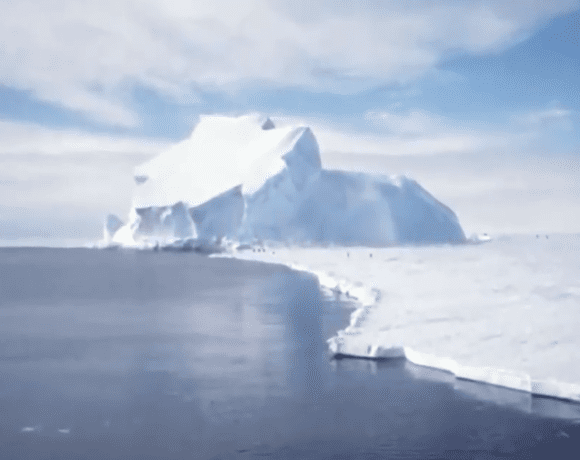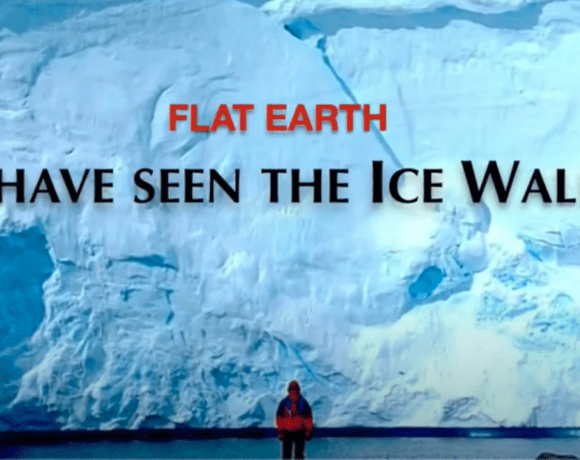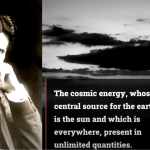Introduction
Is it possible that a dome is visible in a photo taken by George Rayner in Antarctica around 1920? This intriguing image found on the internet has sparked curiosity and debate. In this expanded article, we will delve into the possible explanations for the mysterious pattern in the sky, the history behind the photograph, and how it has captured the imagination of many.
Examining the Photo
The most striking aspect of this photograph is the pattern and texture of the sky, which bears a striking resemblance to water ripples. One might initially think it’s textured photographic paper, but closer examination reveals that only the sky is affected. This has led some to speculate that it could be water under the firmament or even the texture of the inside of the dome itself. In an age before chemtrails and air pollution, the skies were arguably clearer, making this phenomenon even more fascinating.
The Victoria Museum Collection
This image is part of the Victoria Museum Collection, and the photograph is likely taken by George Rayner. The collection features a variety of historical photographs and artifacts, including many related to Antarctic exploration. To learn more about the collection and view other intriguing images, visit their website at http://collections.museumvictoria.com.
The ‘William Scoresby’ and Antarctic Exploration
The vessel featured in the photograph is the ‘William Scoresby,’ a purpose-designed research ship built for the Discovery Committee by the East Yorkshire shipyard of Cook, Welton & Gemmell, at Beverley. Named after the British arctic explorer and scientist, William Scoresby (1789-1857), the ship played a significant role in Antarctic exploration and research between 1926 and 1937.
Discoveries and Expeditions
The ‘William Scoresby’ completed seven voyages to Antarctic waters during their active years, participating in research and exploration efforts. The vessel and its crew were involved in various missions, including tagging and tracking 3,000 whales and conducting studies on plankton, fish, and hydrological surveys. One notable mission was the Second Wilkins-Hearst Antarctic Expedition, in which Sir Humbert Wilkins attempted to make the first trans-Antarctic flight, using two single-engined Lockheed Vega aircraft financed by US newspaper tycoon William Randolph Hearst.
The Debate and Conclusion
The mysterious pattern in the sky captured in this photograph continues to captivate and spark debate. While some argue it’s evidence of a dome, others offer alternative explanations. Regardless, the photo serves as a fascinating piece of history and a testament to the spirit of exploration and discovery. To see the image and form your own opinion, watch the video and join the discussion.




















